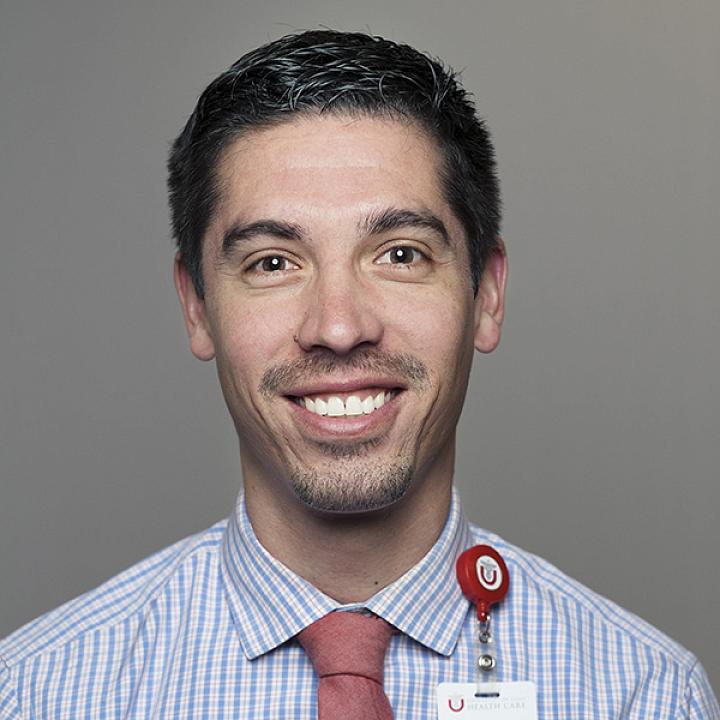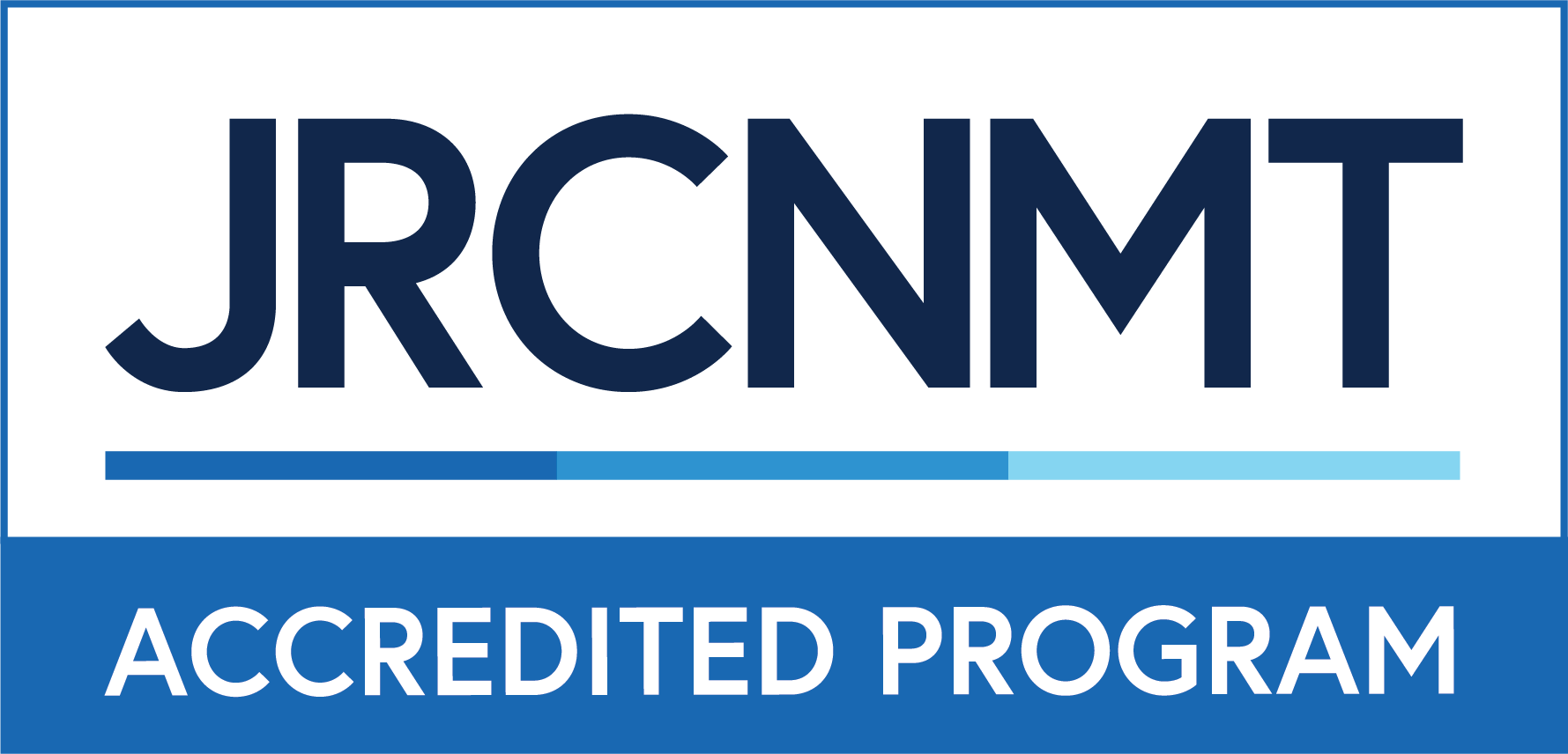CURRENT NEWS/UPDATES: Applications for the 2024-2025 program session have closed. The application portal for the 2025-2026 program session will open in May 2024. Please hold any submissions until that timeframe please. Thank you.
Overview
The Ultrasonographer Program is a 1-year sonography program for certified Radiologic Technologists, Radiation Therapists, and/or Nuclear Medicine Technologists. Students will learn how to produce diagnostic images in both abdominal and obstetrical ultrasound. The program consists of four terms and begins every July.
Prior to graduation, students will be eligible to take the Sonography Principles and Instrumentation (SPI) exam. Upon completion of the SPI, graduates of this program will be eligible to take the specialty exams; includes Abdomen and Obstetrics & Gynecology. NOTE: This program does not provide any clinical training in Echocardiography or Vascular Ultrasound. For experience and training in those areas please look to Weber State University.
University of Utah Health has more than 7 locations throughout the valley, allowing students to experience clinical care in both an inpatient hospital setting, as well as the outpatient environment. Students will have the opportunity to work one on one with each sonographer to learn the skills that will help them become an entry level tech by graduation.
What is Ultrasound?
Ultrasound is an imaging modality that uses high-frequency sound waves to create images of what’s going on inside the body. The hand-held instrument, called a transducer, sends out sound waves that travel through the body. These waves bounce off structures within the body and then travel back to the transducer, which in turn creates the image seen on the screen. The images show the size, shape, and consistency of tissues and organs. Ultrasound is used to image several parts of the body including but not limited to the liver, kidneys, bladder, pancreas, gallbladder, spleen, blood vessels, thyroid, testis, uterus and ovaries, muscles, as well as fetuses.
There are many benefits to using ultrasound. One of those benefits is zero radiation exposure. There have been no adverse effects of using ultrasound, however students will still be taught the principle of ALARA. This means to keep scanning to an acceptable minimum and only use it in a diagnostic setting.
What are the responsibilities of an ultrasonographer?
Ultrasonographers have a unique responsibility that is unlike any other imaging modality. It is the sonographer’s skillset and vast knowledge that will provide radiologists with the information that is needed to correctly care for the patient. Creating ultrasound images is a bit of an art and takes years to perfect. The sonographer is responsible for learning how to effectively use the ultrasound machine to document both normal anatomy as well as pathology (when applicable). Sonographers also assist radiologists and obstetricians during a variety of procedures like biopsies, aspirations, and amniocenteses. In addition to creating diagnostic images, patient care skills are vital to a sonographer’s success, as they spend a significant amount of one on one time with patients.
How do I become an ultrasonographer?
The ultrasound program consists of both weekly in-class instruction as well as 30 hours of clinical. The total number of clinical hours to be completed in the program is 1400 hrs. Within clinical work, there are specific exams students will need to show proficiency in. Midway through the program, successful students will be eligible to take the ARDMS SPI exam. This test currently consists of 110 multiple choice questions and needs to be passed within 5 years of completing the ultrasound program. Upon completion of all clinical hours, class work, and the SPI exam, students will then be eligible to sit for a specialty exam; abdomen and OB/GYN being the most common. Each specialty exam is comprised of 170 multiple choice questions. By completing both the SPI, and one or more of the specialty exams, the sonographer will then officially be certified by ARDMS.
University of Utah Health is excited to introduce their newest program to the mix of imaging programs. Students will be provided with the opportunity to learn from very experienced, talented, and knowledgeable sonographers. Through completion of the program and working with and learning from the Universities sonographers, students will have what they need to be competitive in the field of ultrasonography.
Apply Now
Our Technologist Education Programs are in high demand and are competitive. We encourage you to apply and will walk you through the process.
We believe a diverse and inclusive environment is the best environment for everyone!


